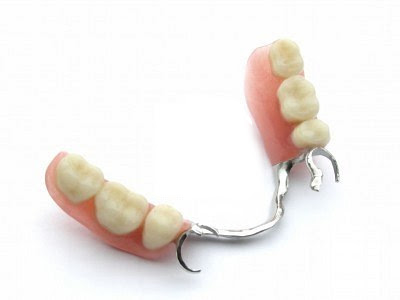A. It is associated with platelet-specific auto-antibodies
B. It causes a prolonged bleeding time
C. It is often controllable by immunosuppressive treatment
D. It causes more prolonged hemorrhage than hemophilia
# The oral findings in erythroblastosis fetalis include:
A. Dentinal Dysplasia
B. Hypoplastic teeth
C. Pigmented teeth
D. All of the above

